Kiki Van Eijk and Joost Van Bleiswijk, otherwise known as Kiki and Joost, opened up their workshop during Dutch Design Week 2023 for an exhibition entitled Perpetuum Mobile, Latin for “perpetual motion.” It’s a nod to the prolific, dynamic, and ever-evolving output from the design duo – separately, as a team, and in collaboration with others. Work from the past two decades was showcased in the expansive space that lies at the heart of their creative expression – a voluminous space that they had purpose-built entirely from wood, without the use of any glues, nails, or screws.
Handmade from 100% felted wool, this rug was inspired by the strange proportions seen within 19th-century dolls’ houses. Kiki developed the technique herself to mimic a giant embroidery stitch, and the giant rose is a nod to the archetypical image of 19th-century English doll house carpets. This piece was part of Kiki’s graduate collection “We’re Living in a Doll’s House,” and marked the rehabilitation of 100% wool felt carpets into the Dutch design scene, which until then, had been written off as old-fashioned.
23 years after developing the Carpet Special, inspired by the proportions of a dolls’ house, Kiki has designed the house they might furnish – a modern update to the traditional Victorian model and prototype for Ikonic, a Dutch designer toy brand.
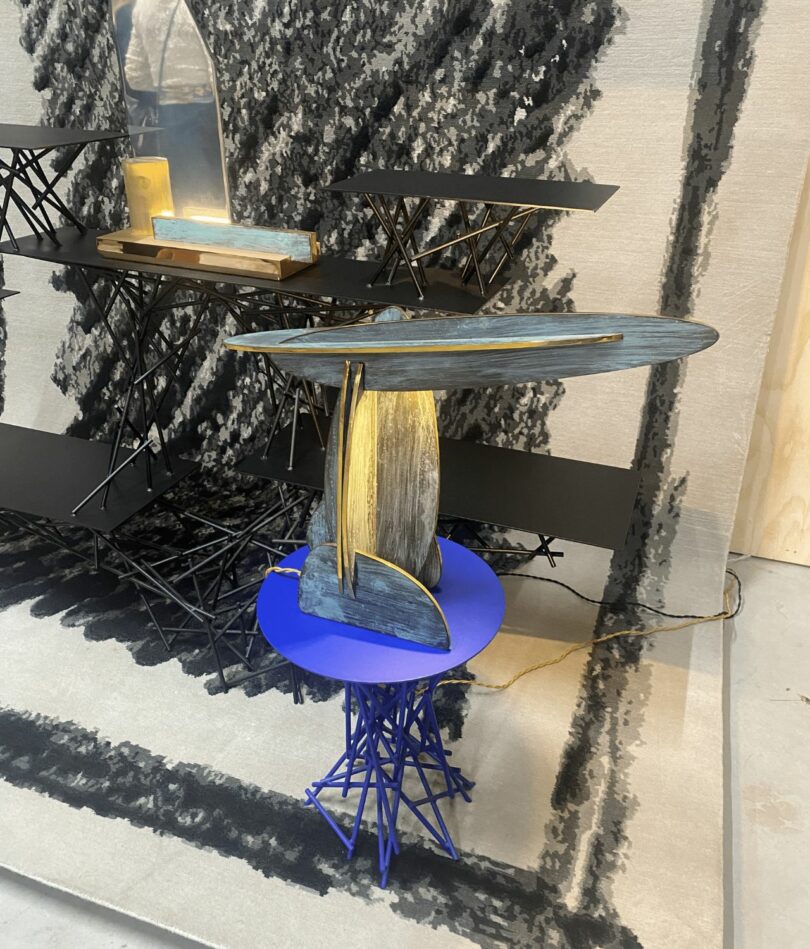
Joost x Ice Carpet: Sketch Carpet, 2014, Sketch Carpet, 2020, Sketch Stool, 2019 \\\ Photo: Katie Treggiden
Joost’s Sketch Collection, pictured above on the Sketch Carpet, was inspired by his knowledge and passion for abstract expressionist paintings. Made using a spontaneous and expressive approach to cutting, bending, shaping, and welding in the workshop, this gestural way of working lends itself to powerful shapes.
Designed in collaboration with Borre Akkersdijk, the co-founder of the Dutch textile innovation studio of clothing brand Byborre, Raku Knit Fragments is a wall hanging inspired by the Japanese technique of raku, in which ceramics are fired; removed from the kiln resulting in cracks in the glaze; and then submerged in smoke. Kiki wanted to translate this ancient ceramic process into sensory textile pieces which emulate the spontaneity of raku in a softer medium.
Another piece in the same series, also created in collaboration with Borre Akkersdijk, expands on her extensive research into the 16th-century Japanese tradition and is inspired by the colors, shapes, and textures of her own raku-fired ceramic collection.
The construction of a new exhibition space – an addition to the current workshop, which had to be cleared for this show – inspired Joost to develop Beam Sketch – this new sculptural shelving unit. Wooden beams are often marked with neon pink spray paint during the construction process – Joost applied the idea of “form follows construction” to create this bold collection.
Tinkered is a series of sculptural pieces that Joost has created to explore and embrace the dynamics of a world that is becoming more abstract and unpredictable by the day, with “known social and political structures and systems giving way to spontaneous experiments and new archetypes.”
Inspired by the soft lines of a bag of candy bag, these are actually ceramic vases. The idea came from childhood memories of visiting fairs in her hometown of Tegelen and Kiki began the conception of Soft Candy Bag with a carefully stitched textile, then cast it in clay, giving it the playful appearance that is her trademark.
Cutting, pasting, layering, and patching different elements created a vibrant and colorful composition in the Collage Cushions for Weeef. “As we expand this patchwork onto a larger canvas, we weave a series of playful, textured cushions that breathe life into the space,” says Kiki. “Each cushion tells a unique story, a fusion of diverse textiles that harmonize into a visual and tactile object.”
When the Dutch museum Singer-Laren commissioned Kiki and Joost to create an outdoor bench for its new extension, they reached for the 18th-century text The Analysis of Beauty by William Hogarth for inspiration. In it, he refers to a “serpentine” line – a wavy or winding line as opposed to one that is either straight or simply curved – as “the line of beauty” or “the line of grace.” “According to the theory, S-shaped curved lines indicate liveliness and activity as opposed to straight lines, parallel lines or right-angled intersecting lines, which signify stillness, death or inanimate objects,” say the designers. “The town of Lauren, in North Holland, is already known for a lively artist community, so The Line of Beauty and Grace is a homage to the artistic frenzy of the area and its unique museum.”
Structuring Chaos is Kiki’s exploration of the tension between order and chaos and the tension between them – sailing knots that are held together with raku-fired ceramic elements. “These ceramic elements symbolize anchoring ourselves in life and the ropes are meticulously crafted by hand – a process as time-consuming as it is meditative,” says Kiki. “These colorful ropes act as conductors of harmony, emerging from the friction – Structuring Chaos resonates with the human desire for control and order in an unpredictable world.”
Inspired by the Friedrich Fröbel quote, “Play is not mere playfulness; it possesses a high seriousness and deep significance,” Kiki turned to her 6-year-old son Ko for inspiration for her Ko Tinker Sculpture – hence its name. Her aim was to capture the freedom children experience when they play without constraints, allowing their minds – and hers – to wander into previously unexplored territories. “This body of work celebrates the art of play, discovery, and following one’s emotions to create freely,” she says. “Fear has no place here. It is a world of openness and purity, characterized by a delightful flow.”
Exploring the creative potential of left-over brass components, Joost tapped into a wellspring of inspiration that evolved into the Brassbars series of wall lamps. “These lamps capture the reflections and treatments of this precious material,” he says. “A slender strip of light enhances the overall aesthetics, casting a gentle glow that accentuates the brass’s exquisite features, making these lamps both a source of illumination and works of art.”


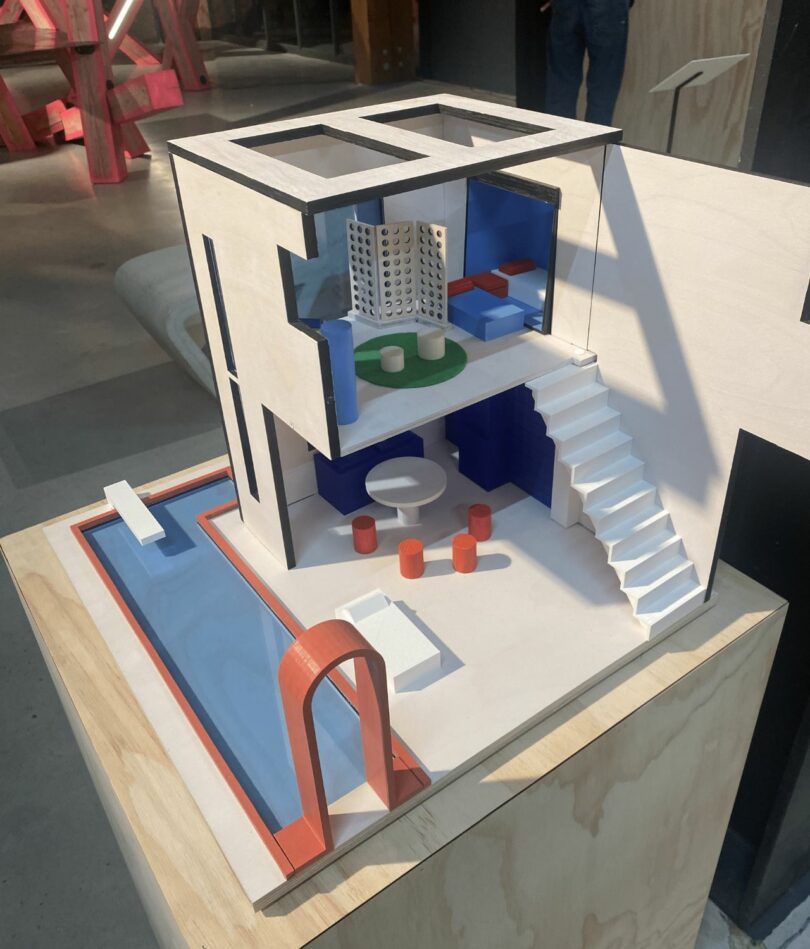
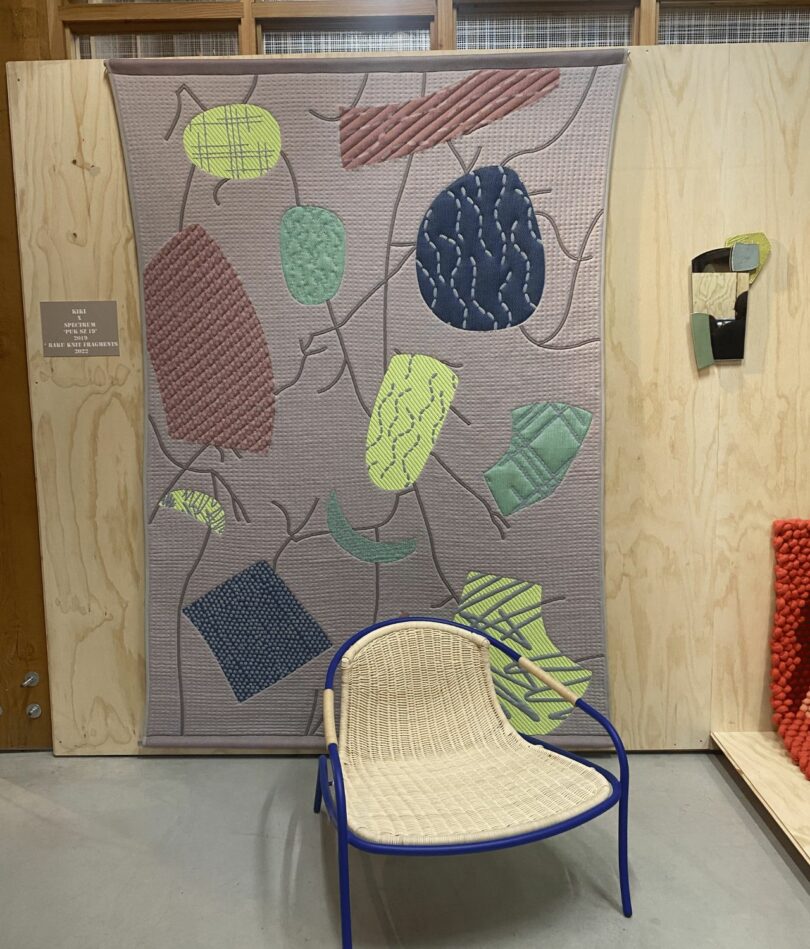
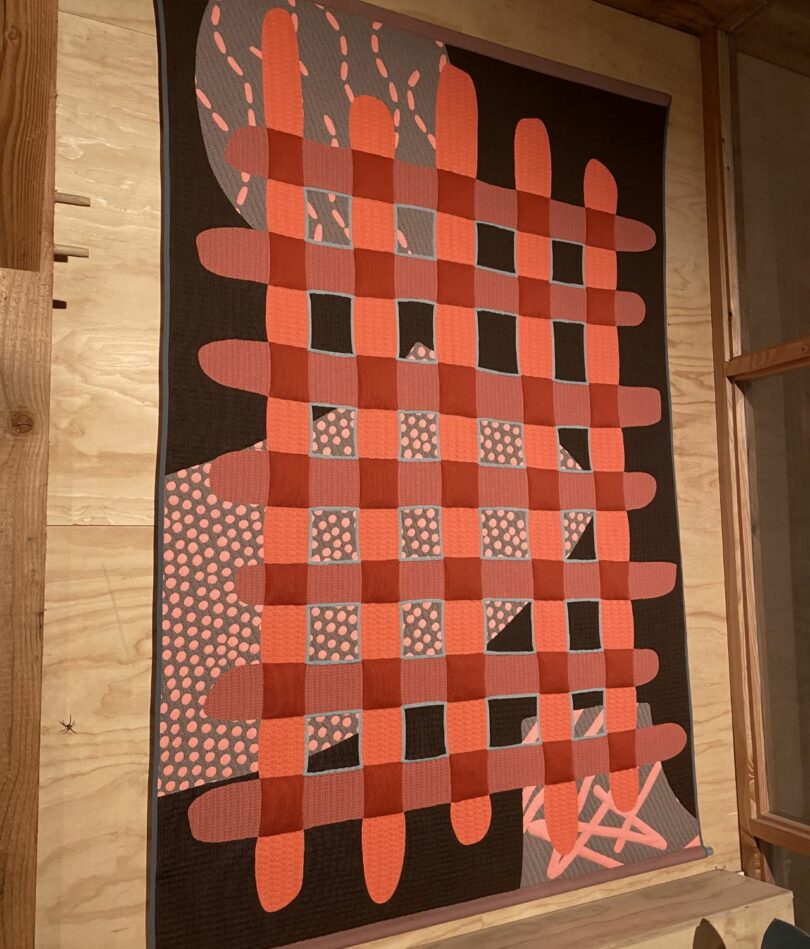
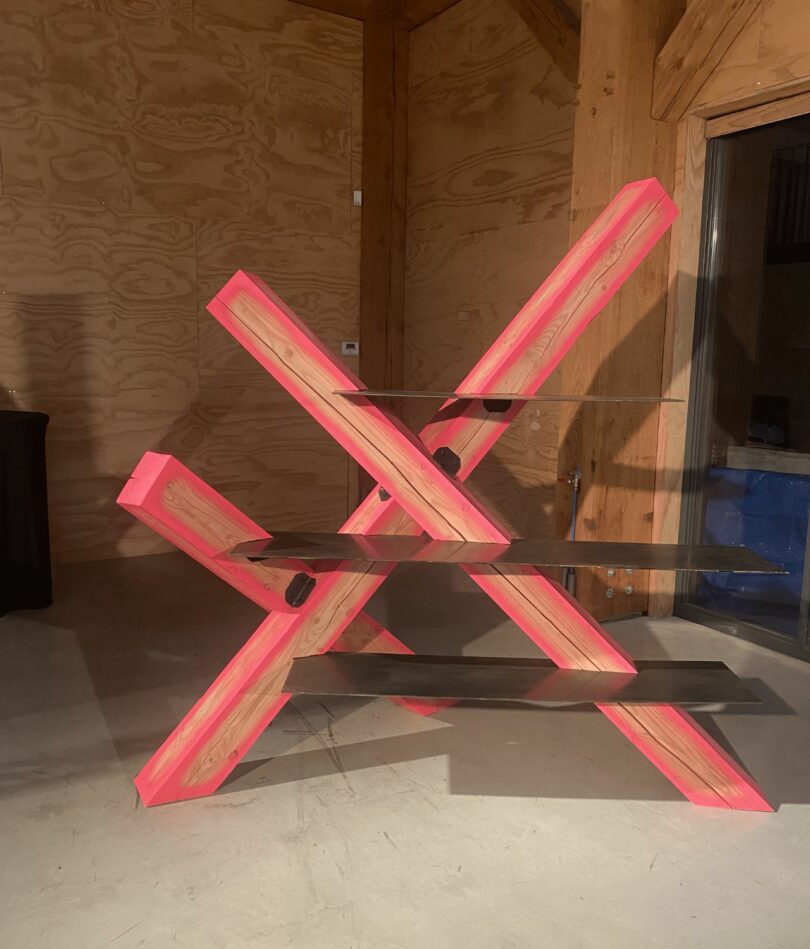
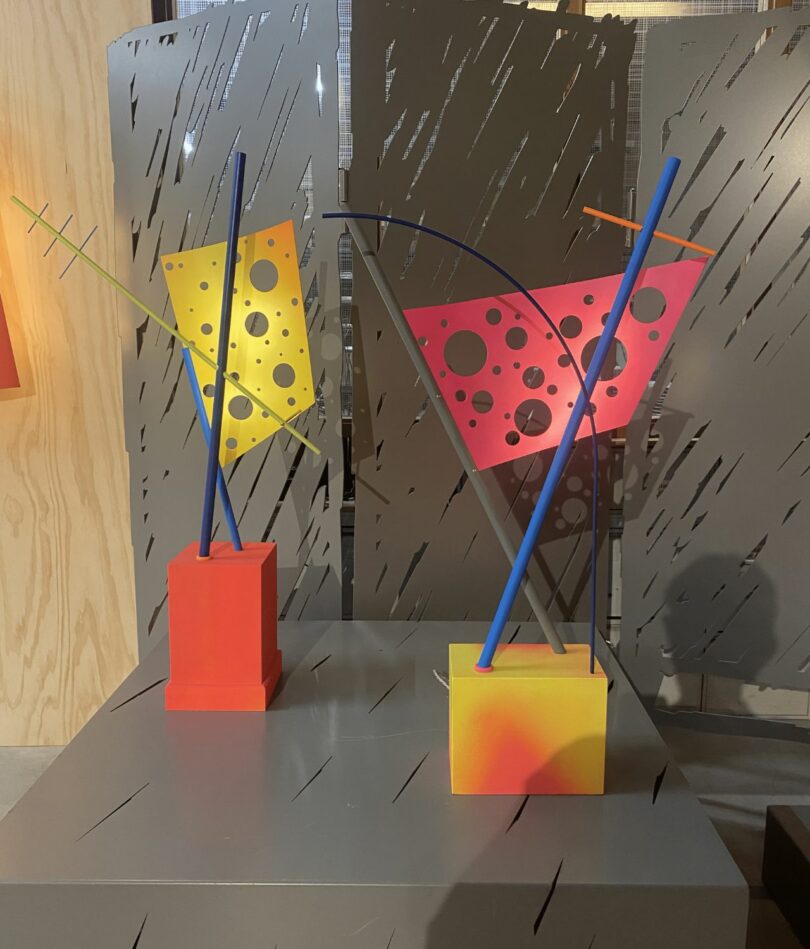
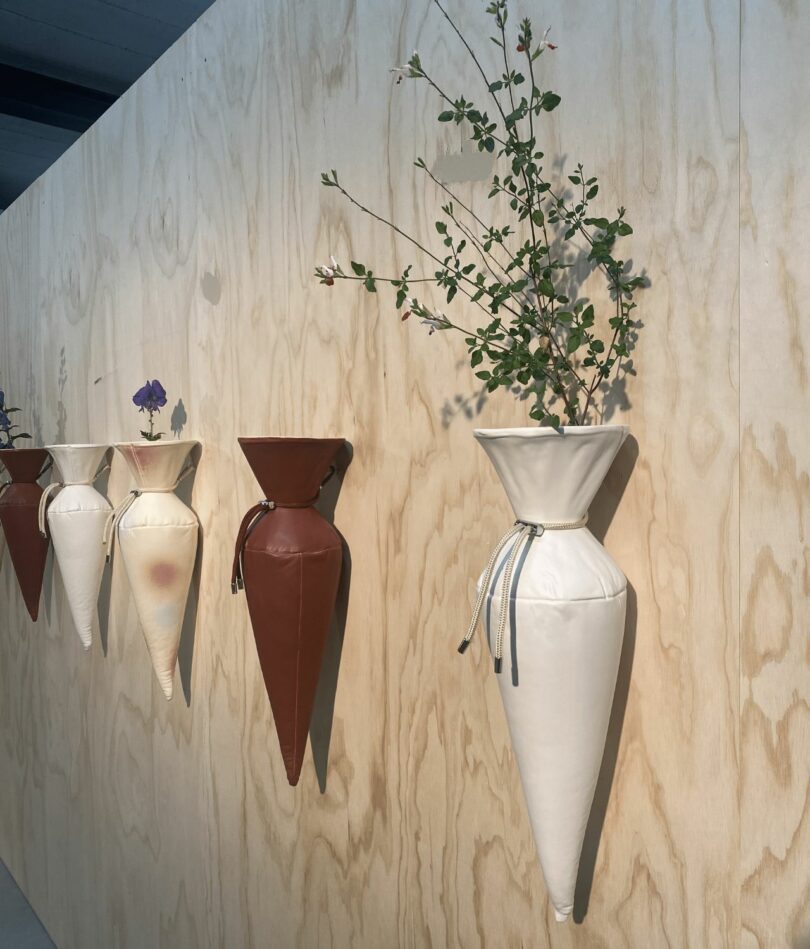

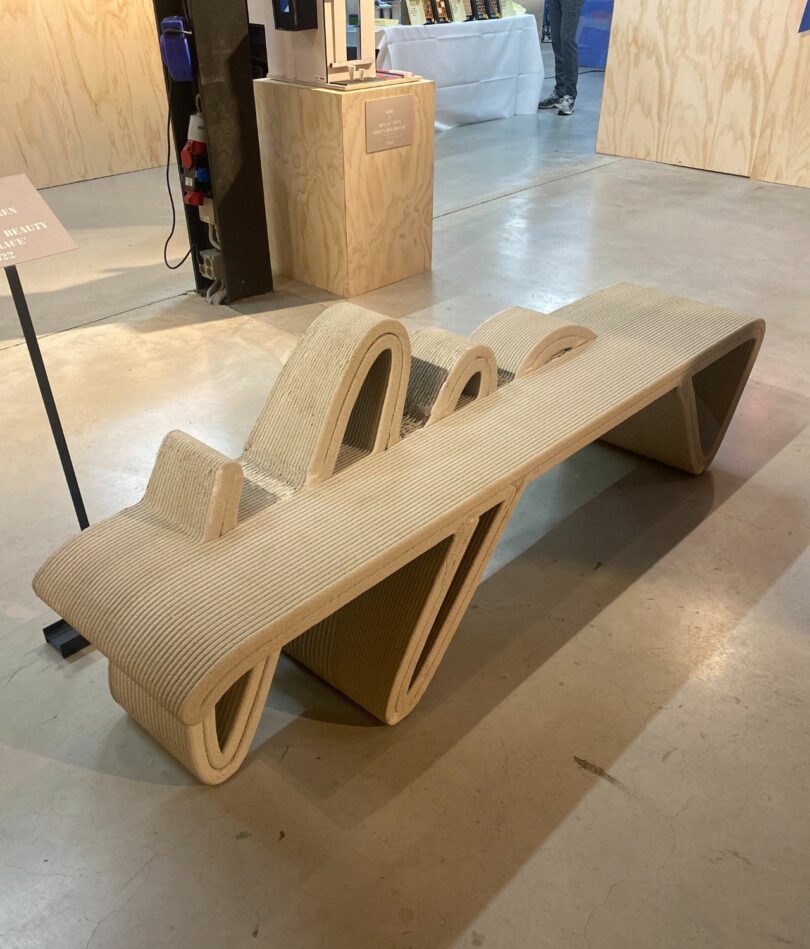
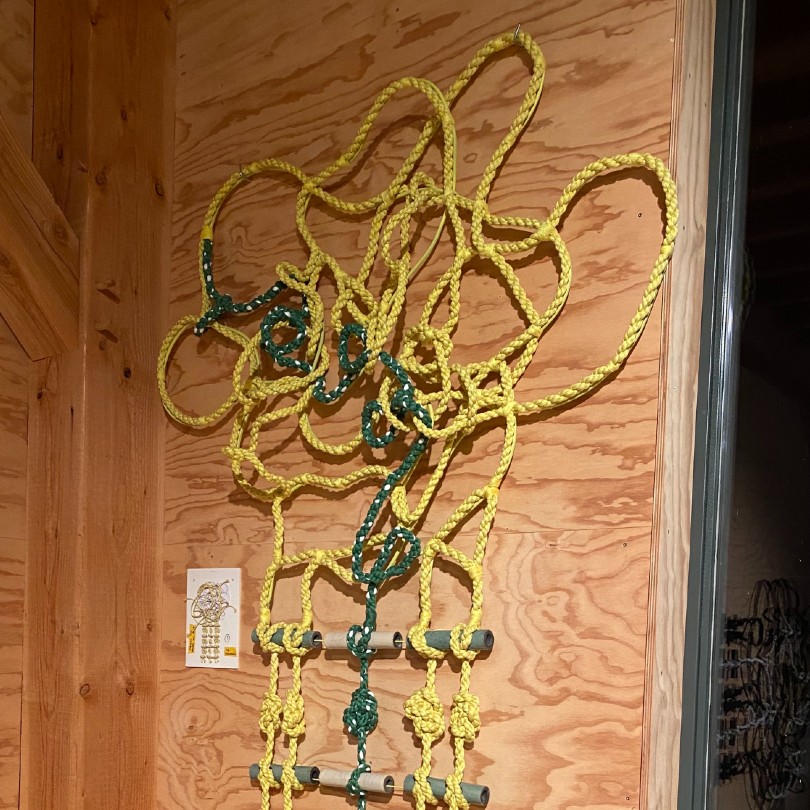
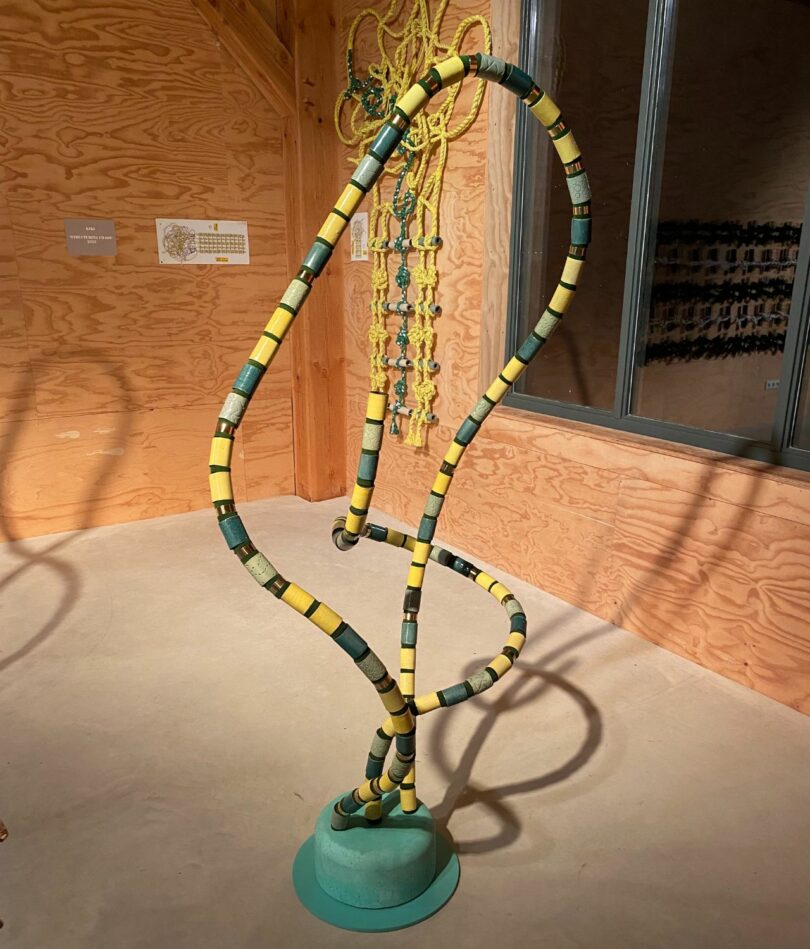

No comments:
Post a Comment